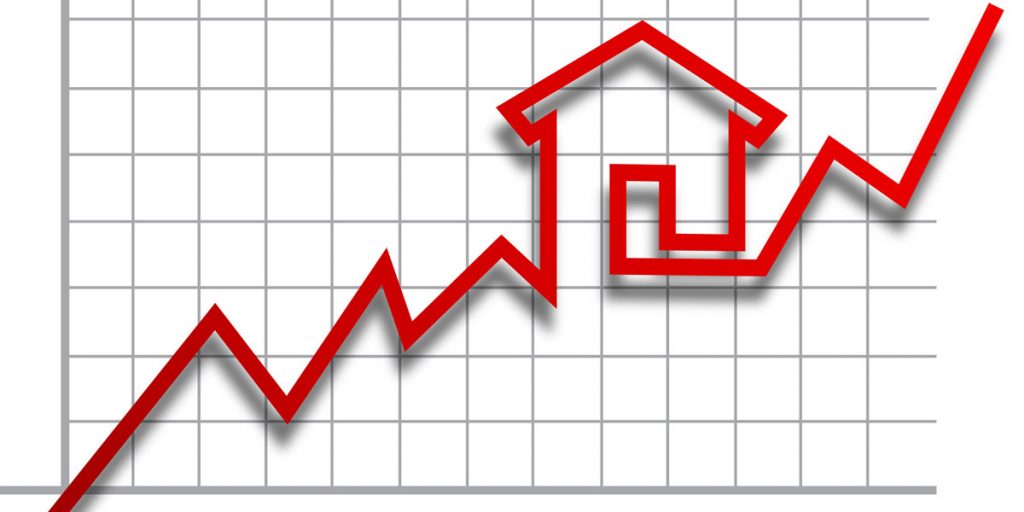
Flipping Homes: A Comparative Analysis of 2023 vs. the 90s
Flipping homes, a popular real estate investment strategy, has evolved significantly since its heyday in the 1990s. With changing market dynamics, technological advancements, and shifts in buyer preferences, the landscape of flipping homes has undergone positive and negative transformations.
Join Flipsquad as we explores the critical differences between flipping homes in 2023 and the 90s, highlighting the good and the bad aspects of each era and providing insights into the future forecast of this lucrative venture.
____________________________________________________________________________
Flipping Homes in the 90s: The Positives
Limited competition: Flipping homes in the 90s was relatively less competitive, offering ample opportunities for investors to find undervalued properties and make substantial profits.
Lower acquisition costs: Home prices were generally lower in the 90s, allowing flippers to acquire properties at more favorable prices, thereby increasing potential returns on investment.
More straightforward financing options: The availability of lenient lending practices in the 90s made it easier for investors to secure loans and obtain the necessary capital for their projects.
Minimal regulatory hurdles: investors faced fewer regulatory restrictions and permitting processes in the 90s, enabling a faster turnaround time for renovations and quicker sales.
Limited technology reliance: While technology was less advanced in the 90s, flippers could rely on traditional methods of researching and acquiring properties, reducing the likelihood of bidding wars that are now common in the digital age.
_____________________________________________________________________________
The ’90s Downsides
Limited access to information: The Investor’s limited access to comprehensive property data made it challenging to accurately evaluate and analyze potential investments. FlipSquad did not exist.
Manual research and marketing: Finding and marketing properties required significant manual effort, including physical searches, newspaper listings, and traditional marketing methods.
Higher renovation costs: While property acquisition costs were lower, renovation expenses were relatively higher in the 90s due to limited access to affordable materials, labor shortages, and fewer energy-efficient options.
____________________________________________________________________________
Flipping Homes in 2023: The Positives
Advanced technology and data: The digital age has revolutionized the real estate industry, providing flippers access to vast amounts of property data from flipsquad, market trends, and analytics, enhancing their ability to make informed investment decisions.
Increased market demand: The demand for move-in ready and renovated homes has surged in recent years, offering investors a larger pool of potential buyers and higher profit margins.
Streamlined financing options: While lending practices have become more stringent since the 2008 financial crisis, various financing options remain available to flippers, including specialized loans tailored to this investment strategy.
Energy-efficient renovations: With a growing focus on sustainability and energy conservation, access to a wide range of cost-effective and eco-friendly building materials and technologies.
Social media and online marketing: The ability to leverage social media platforms and online marketing to reach a broader audience, generate interest, and sell properties more efficiently.
__________________________________________________________________________
The Challenges to flipping homes in 2023
Increased competition: The popularity of house flipping has soared, resulting in a more competitive market with higher demand for desirable properties, leading to potential bidding wars and reduced profit margins.
Escalating property prices: Home prices have risen significantly in many markets, making it harder to find deals.
Material Shortages and Delays: Ongoing supply chain issues can lead to delays and increased costs for building materials. This can extend timelines and inflate budgets for renovation projects.
Stringent Lending Criteria: Lenders may be more cautious in a volatile market, leading to more stringent lending criteria and tougher loan approvals for real estate investments.
Reliance on Hard Money Loans: Dependence on high-interest hard money loans due to traditional financing challenges can erode profit margins.
________________________________________________________________________
Flipping homes have undergone remarkable transformations since their heyday in the 90s. While both eras offered unique advantages and challenges, technological advancements, market dynamics, and buyer preferences have significantly influenced the landscape of flipping homes in 2023.
In the 90s, flippers benefited from lower acquisition costs, simplified financing options, and limited competition. However, they faced challenges such as limited access to information, manual research and marketing efforts, and higher renovation costs.
Fast forward to 2023, and investors now have access to advanced technology and data, streamlined financing options, increased market demand for renovated homes, and the ability to leverage social media and online marketing for efficient property sales. However, they must contend with increased competition and rising property prices, which can impact profit margins.
Looking to the future, the forecast for flipping homes remains positive, albeit with evolving dynamics. Flippers who adapt to changing trends and leverage technology will have a higher chance of success. The demand for move-in-ready, energy-efficient homes will likely continue, providing opportunities for lucrative returns on investment.
However, investors must stay informed, conduct thorough market research, and develop a keen understanding of buyer preferences to identify profitable opportunities in a competitive market. Like any investment strategy, flipping homes requires careful planning, risk assessment, and meticulous execution. Investors must conduct due diligence, analyze market conditions, and develop a solid business plan to maximize their chances of success.
While the landscape of flipping homes has changed significantly between the 90s and 2023, the fundamental principles of strategic property acquisition, efficient renovations, and effective marketing remain essential. By staying adaptable, informed, and embracing technological advancements, investors can continue to find success in this ever-evolving real estate investment strategy.
Finding lucrative deals just got easier, thanks to Flip Squad‘s, innovative new app. Aimed at both investors and home buyers, this cutting-edge platform is redefining how deals are discovered and executed in the residential real estate market.
